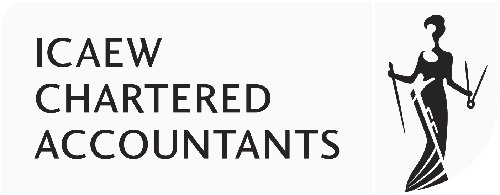UK and International Tax news
OECD Publishes Corporate Tax Statistics Report
Tuesday 22nd January 2019
Taxes paid by companies remain a key source of government revenues, especially in developing countries, despite the worldwide trend of falling corporate tax rates over the past two decades, according to a new report from the OECD – Corporate Tax Statistics.
The new report and database provides internationally comparable statistics and analysis from around 100 countries worldwide on four main categories of data including corporate tax revenues, statutory corporate income tax rates, corporate effective tax rates and tax incentives related to innovation.
The OECD analysis shows that corporate income tax remains a significant source of tax revenues for governments across the globe. In 2016, corporate tax revenues accounted for 13.3% of total tax revenues on average across the 88 jurisdictions for which data is available, an increase from 12% in 2000.
Corporate taxation is even more important in developing countries, comprising on average 15.3% of all tax revenues in Africa and 15.4% in Latin America and the Caribbean, compared to 9% in the OECD.
Corporate tax revenues have also held up when considered as a percentage of GDP, where the average share increased from 2.7% of GDP in 2000 to 3.0% in 2016 across the jurisdictions included in the database.
The new OECD analysis shows that a clear trend of falling statutory corporate tax rates [the headline rate faced by companies] – over the last two decades. The database shows that the average combined central and sub-central government statutory tax rate fell from 28.6% in 2000 to 21.4% in 2018. More than 60% of the 94 jurisdictions for which tax rate data is available in the database had statutory tax rates greater than or equal to 30% in 2000, compared to less than 20% of jurisdictions in 2018.
Comparing statutory corporate tax rates between 2000 and 2018, 76 jurisdictions had lower tax rates in 2018, while 12 jurisdictions had the same tax rate, and only six had higher tax rates. In 2018, 12 jurisdictions had no corporate tax regime or a corporate income tax rate of zero.
The OECD analysis highlights that CIT revenues are influenced by many factors and therefore focusing on headline statutory tax rates can be misleading. For example, jurisdictions may have multiple tax rates with the applicable tax rate depending on the characteristics of the corporation and the income. Progressive tax rate structures or different regimes may be offered to small and medium-sized companies, while different tax rates may be imposed on companies depending on their resident or non-resident status.
Some jurisdictions tax retained and distributed earnings at different rates, while some impose different tax rates on certain industries. Lower tax rates are often available for firms active in special or designated economic zones, and preferential tax regimes offer lower rates to certain corporations or income types. CIT revenues will also be influenced by the definition of the corporate tax base.
The OECD Corporate Tax Statistics database assesses how standard components of the corporate tax base reduce the effective tax rate faced by taxpayers, including the effects of fiscal depreciation and allowances for corporate equity.
Taking these provisions into account, the database shows that “forward-looking” effective tax rates are generally lower than statutory tax rates, with an average reduction of 1.1% observed in 2017 across the 74 jurisdictions analysed in the database. Targeted tax incentives, such as for research and development expenditures and intellectual property income, are widely used to reduce the corporate tax burden for specific activities.
The new database is intended to assist in the study of corporate tax policy and expand the quality and range of statistical information available for analysis under the OECD/G20 BEPS initiative. In 2015, the OECD reported that base erosion and profit shifting was having significant effects on the corporate tax base, estimating revenue losses to governments from BEPS in the range of USD 100-240 bn (2014 figures), equivalent to 4-10% of corporate tax revenues.
The new database, which will be updated annually, aims to improve the measurement and monitoring of BEPS. Future editions will also include an important new data source – aggregated and anonymised statistics of data collected under CbC Reporting now being implemented under BEPS Action 13 – that will allow “backward-looking” assessment of effective tax rates actually paid by firms.
If you would like further information on the above, please contact Keith Rushen on 0207 486 2378.
Contact Us



